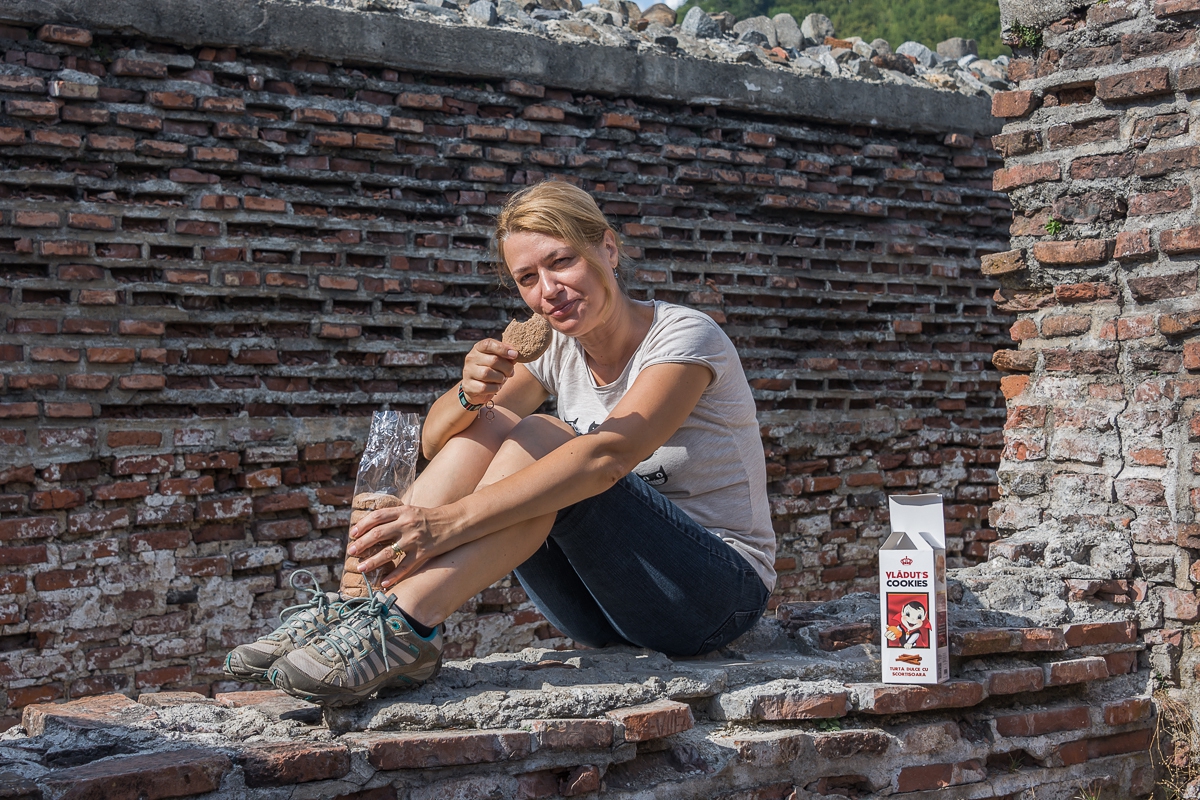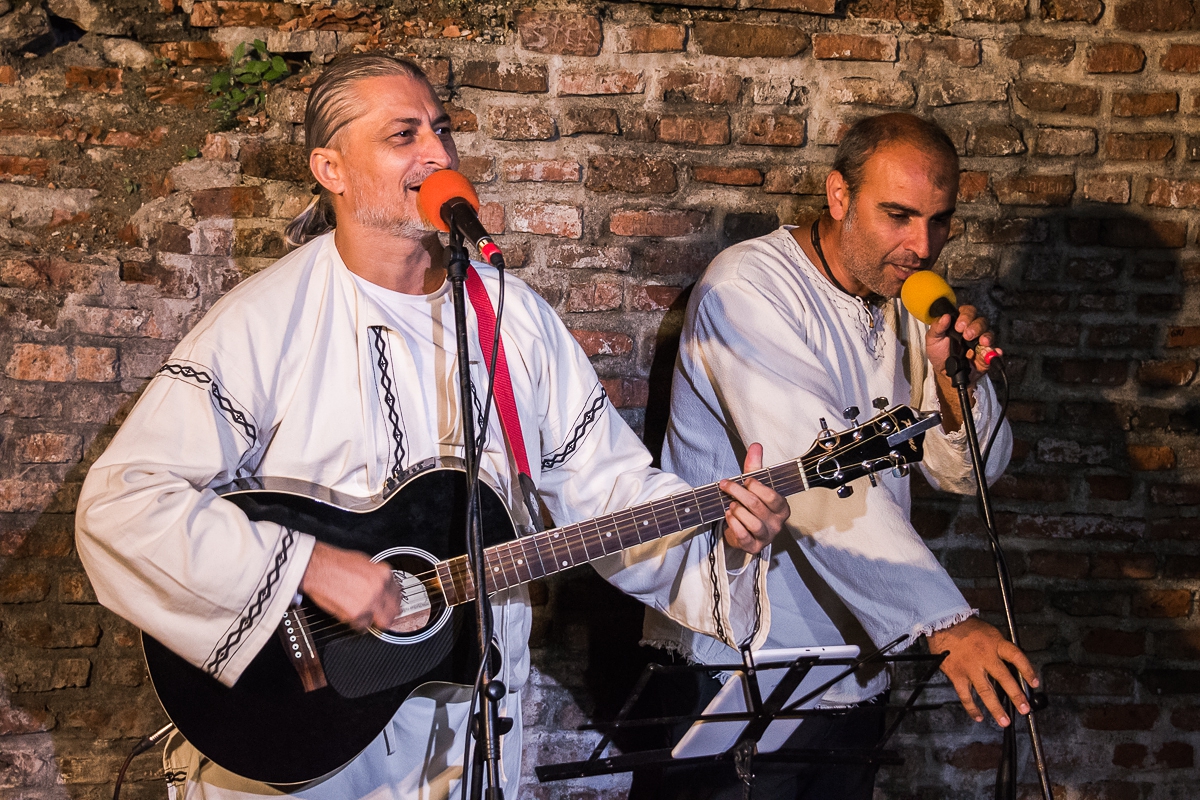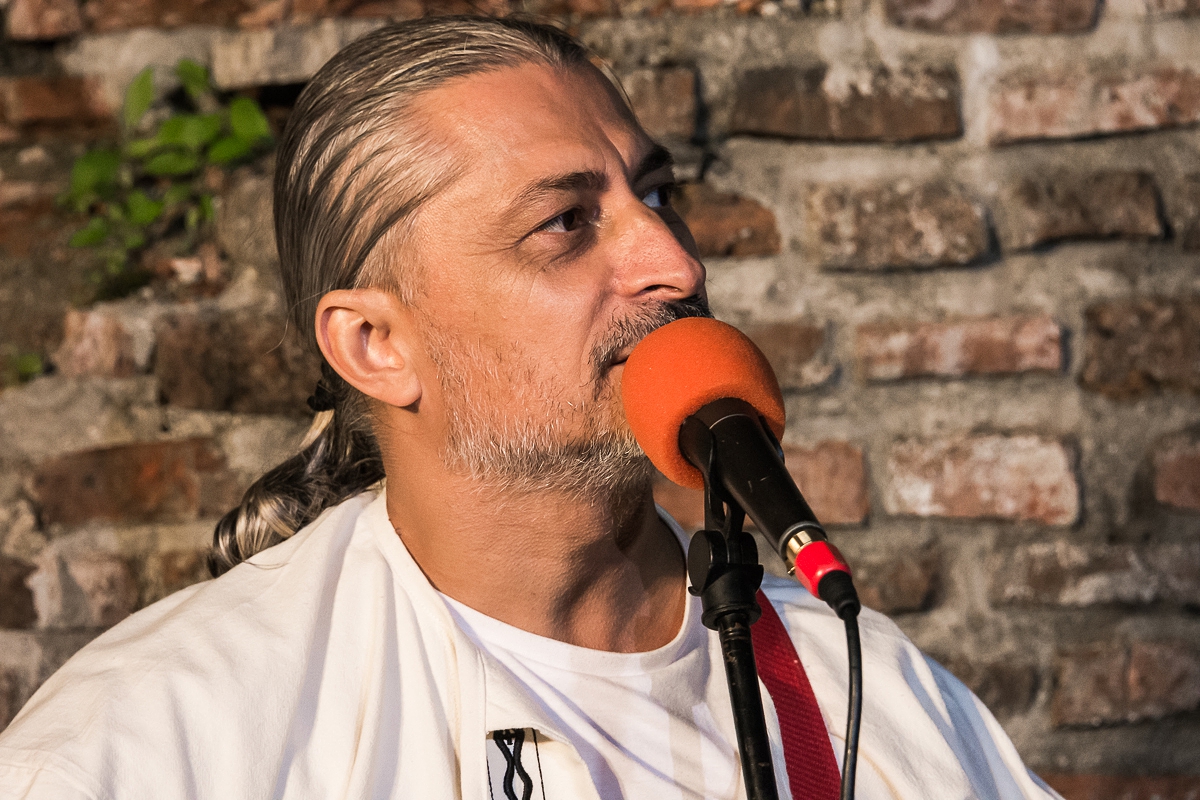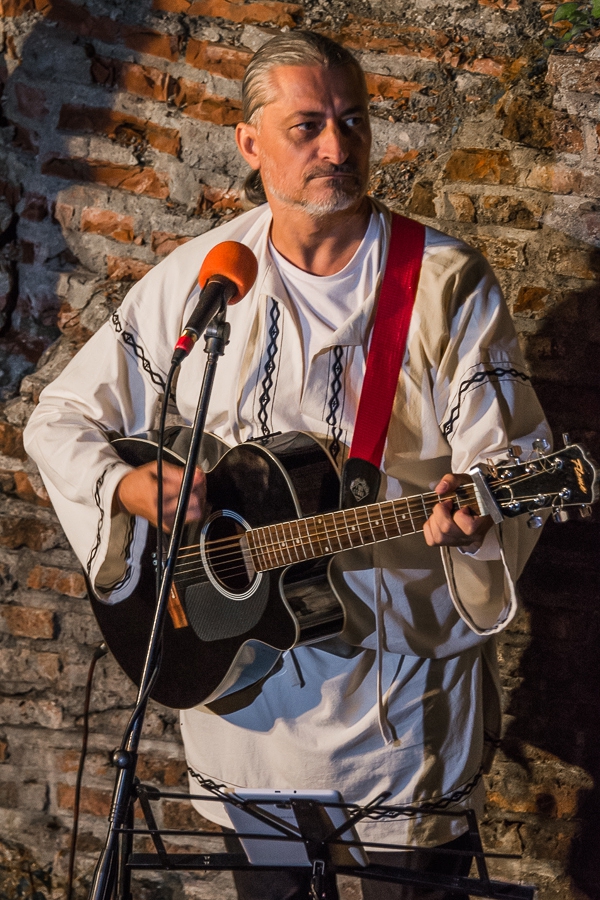Vlăduţ’s Stories – Poenari Fortress
“Legend has it that Vlad Țepeș, being pursued by the Turkish, found refuge in this fortress, after shoeing his horses backwards, thus misleading his pursuers.”
 Dear friends, I am Vlăduţ, the cute little vampire, and I invite you to accompany me through places of legend, on the footsteps of my ancestors in search of knights and ladies tales, following the history built around Vlad Țepeș. After Bran Castle, we set off again, this time on Transfăgărăşan , as we feel like going trekking and willing to take snapshots of “eagles nest of old mighty men.” We’re capturing the spectacular scenery of the Gorges of Argeș, leaving settlements behind, and out of the blue Poenari fortress rises up atop a mountain, high above. Seen from afar, the fortress gives you a strange impression, hardness, as a shadow of the bloody battles in the old days … but the Romanian flag fluttering above the tower soothes us, reminding us that we are still tourists of 2016.
Dear friends, I am Vlăduţ, the cute little vampire, and I invite you to accompany me through places of legend, on the footsteps of my ancestors in search of knights and ladies tales, following the history built around Vlad Țepeș. After Bran Castle, we set off again, this time on Transfăgărăşan , as we feel like going trekking and willing to take snapshots of “eagles nest of old mighty men.” We’re capturing the spectacular scenery of the Gorges of Argeș, leaving settlements behind, and out of the blue Poenari fortress rises up atop a mountain, high above. Seen from afar, the fortress gives you a strange impression, hardness, as a shadow of the bloody battles in the old days … but the Romanian flag fluttering above the tower soothes us, reminding us that we are still tourists of 2016.
Located near Arefu, Poenari has its starting point just next to the hydropower, downstream Vidraru dam. From here begin the 1,480 concrete steps through the forest, steps that go up above the fortress. Resistance depends on everyone, but it certainly does not fit sedentary people. However, tourists are everywhere, and Polish appear to be the most intrepid explorers, groups walking up the stairs continuously, with little “respiro” breaks and holiday laughter. Every now and then you are updated with how many stairs there are left, just to soothe you psychological, although the desire is often the winner. Approximately 50,000 visitors came up here last year, mostly foreigners, looking for vampires and paranormal sensations. Unlike Bran, Poenari really is related to Vlad Țepeș … aka Dracula, thirsty for blood.
Poenari fortress is actually part of the mountain on top of which it was built. The settlement date is not widely accepted by all historians, according to some it being started in the days of Negru Vodă or Teutonic Knights (who inhabited Țara Bârsei ), being consolidated in the 14th century by Vlad Țepes, serving both as his second residence and as a lookout and defense against the Ottomans. The massive walls of stone and brick help you imagine every tower as they were in ancient times, although the fortress suffered damage both during the siege of the Turks in 1462 (when it was bombed from Pietrăria – the neighbouring mount) and a strong earthquake. Although not large in size, the fortress has its greatness, also given by the fact that beyond the walls chasms start on all four sides. You feel perched like in an eagle nest. The landscapes are fabulous while mountains and forests are looming in the distance and the road winds suspended.
“On the Easter day, while all townspeople were feasting, and the young ones were at “hore” out of the blue did he surround them, impaling the elderly and dragging them throughout the city, and took the young ones, together with their wives, adorned as they were, to Poenari, where they built the fortress till their clothes were torn.”
The place is full of history and legends connected with the great ruler. One of the stories is about Vlad Țepeș being helped by seven brothers from Arefu village to escape Ottoman pursuers shoeing horses backwards, thus misleading his pursuers. As a reward, Vodă would give them seven mountains in Făgăraș. There is some grain of truth in this legend, especially since the inhabitants of Arefu were given 5,000 hectares of forest by Vlad Dracul, as one can read on the document made of rabbit skin preserved at the National History Museum in Bucharest.
At the entrance to the fortress two impaled “landowners” welcome us – a modern association with the Wallachian ruler. The impaled dummies seem to be totally misplaced there, at the entrance into the fortress, but the visual effect must be maximum, especially for foreigners looking for fantasies. Few are those who know that Vlad took over impalling right from the Turkish, turning it against them and traitors. We’ve already had the first impression, in full connection with numerous legends about Dracula. Actually, this place is on top of haunted castles around the world, being visited both by the Discovery Channel and National Geographic. We visited the fortress by day and night, the same day, but we still haven’t met ghosts, and the only vampires we met were Vlăduț’s biscuits.
The imposing central tower, (the first built section of the fortress), which reveals its secrets from inside, was made of stone, on three floors, separated by wooden floors (in the time of Radu cel Frumos – Vlad’s brother), while a fourth one, made of bricks, being built later on. Its basement was used as a dungeon, and the cold and damp sealed the fates of the unfortunate ones behind walls. If only the walls could speak …
Once a year, at a midsummer full moon night, lots of people gather in the fortress. The news has been spread that “Dracula Fest” is held at the fortress – the eighth edition. Had we had any doubts about the show (not because of the ghosts that might have occurred), they were quickly dispelled by the first medieval music concert held by Dinu Lipatti Arts high school Olympics in Pitești. A performance of folk music and mountain songs followed, in memory of Florin Dumitru (the artist who supported this festival for many years), together with Ion Mircea Bogdan and the well-known Tică Lumânare, who took us back in times of great success of Cenaclul Flacăra. Eventually we passed through fire and traditional cakes, in memory of the one who inspired this event … Vlad Țepeș.
Within the fortress walls, past and present met, and the atmosphere was storylike … or better said legendlike. On our way back we were served by loyal flashlights, which lit up the long stairway through the woods, like the torches accompanying the Wallachian ruler more than 500 years ago.
Article supported by Romanian Art & Craft. Vlăduţ’s Story products can be bought online or in Best Value commercial galleries from Henri Coandă – Otopeni, Timișoara, Cluj, Craiova, Constanța airports and in Art & Craft shops in Sibiu and Târgu Mureș airports.






































